
Role - UX Designer | Timeline - 4 weeks | Dasboard & Web Design
CONFIXA is a no-code platform designed to simplify their tech process, enabling businesses of all sizes to achieve seamless deployments, intelligent automation, and operational excellence. With inclusivity at its core, Confixa empowers users, regardless of technical expertise, to save time, streamline processes, and deploy with confidence.
OvervieW
challenge
-
Developers often face challenges in managing the entire software development lifecycle efficiently, including collaboration, integration, testing, and deployment.
-
A common problem is the lack of streamlined communication and coordination among different teams, leading to delays and misalignments in the development process.
how did we solve it?
We designed a cohesive dashboard and website that simplify DevOps processes while ensuring clarity and ease of use. Features include:
-
A no-code workflow builder.
-
Step-by-step deployment guides.
-
Real-time status updates for deployments.
-
Educational resources for non-technical users.
-
A visually engaging website that communicates Confixa’s mission effectively.
Stakeholder Interview
I asked the stakeholders few questions to gain insights into the goals, expectations, and requirements.
Step 1 - Discovery Phase
Interview Questions
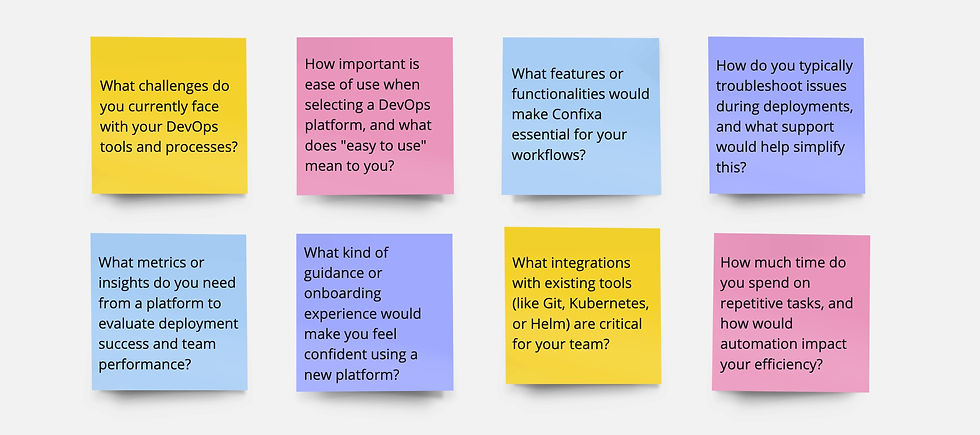
-
Simplicity and Real-Time Feedback
Stakeholders emphasized the importance of an intuitive, easy-to-use interface, particularly for non-technical users, and real-time updates on deployment progress and issues. A clear, visual representation of status and feedback is essential to keep users informed. -
Customizable Experience and Support
Users need both streamlined, automated workflows for non-technical users and advanced options for technical users. Additionally, easy access to support, tutorials, and onboarding resources is crucial to ensure confidence and minimize the learning curve.
Insights
Secondary Research
Key Industry trends :
-
Automation is Making Work Easier – More businesses are using tools that handle repetitive tasks, like launching and managing apps, which saves time and reduces errors.
-
No-Code & Low-Code Tools Are Growing – Even people without technical knowledge can now build and manage apps, thanks to easy-to-use platforms.
-
Cloud Technology is Powering Faster Software Development – Companies are using cloud-based systems to make software updates and new features available quickly and efficiently.
User Experience Trends :
-
Simple & Clean Design – Platforms are moving towards easy-to-use layouts with clear menus so that anyone can navigate without confusion.
-
Live Updates Keep Users Informed – Instant notifications show progress, errors, and status updates in real time, helping users stay on top of tasks.
-
Customizable Options for Different Users – Some people want a simple view, while others prefer advanced settings. Platforms now offer flexible designs that adapt to different needs.
-
Automation and CI/CD: Increasing demand for automation in DevOps is driving the adoption of CI/CD pipelines, improving efficiency and reducing manual errors in deployment and integration.
-
No-Code/Low-Code Platforms: These platforms simplify DevOps tasks, allowing non-technical users to participate in building, testing, and deploying applications without deep expertise.
-
Cloud-Native Technologies: The rise of cloud computing and Kubernetes is enhancing scalability, flexibility, and cost efficiency in DevOps, transforming workflows and infrastructure management.
-
User-Centric Design: DevOps platforms are adopting minimalist designs with real-time updates, alerts, and customizable features, improving accessibility and user experience for both technical and non-technical users.
Insights
Step 1 - iDEATION
Sketches & Low-Fidelity Wireframes
UX Design Process
Following a Design Process ensured that the end result was user-centered, met project goals, and led to better collaboration and more efficient decision-making.
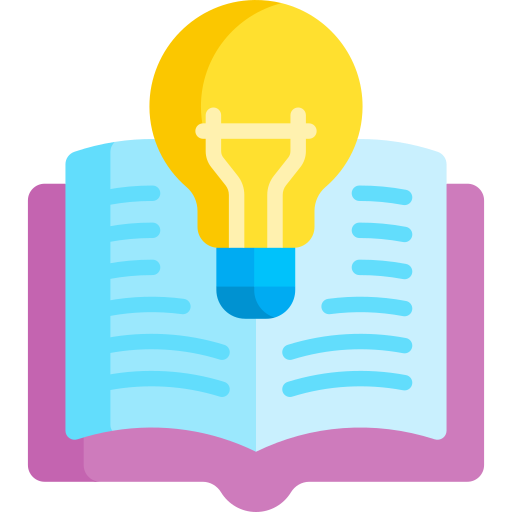



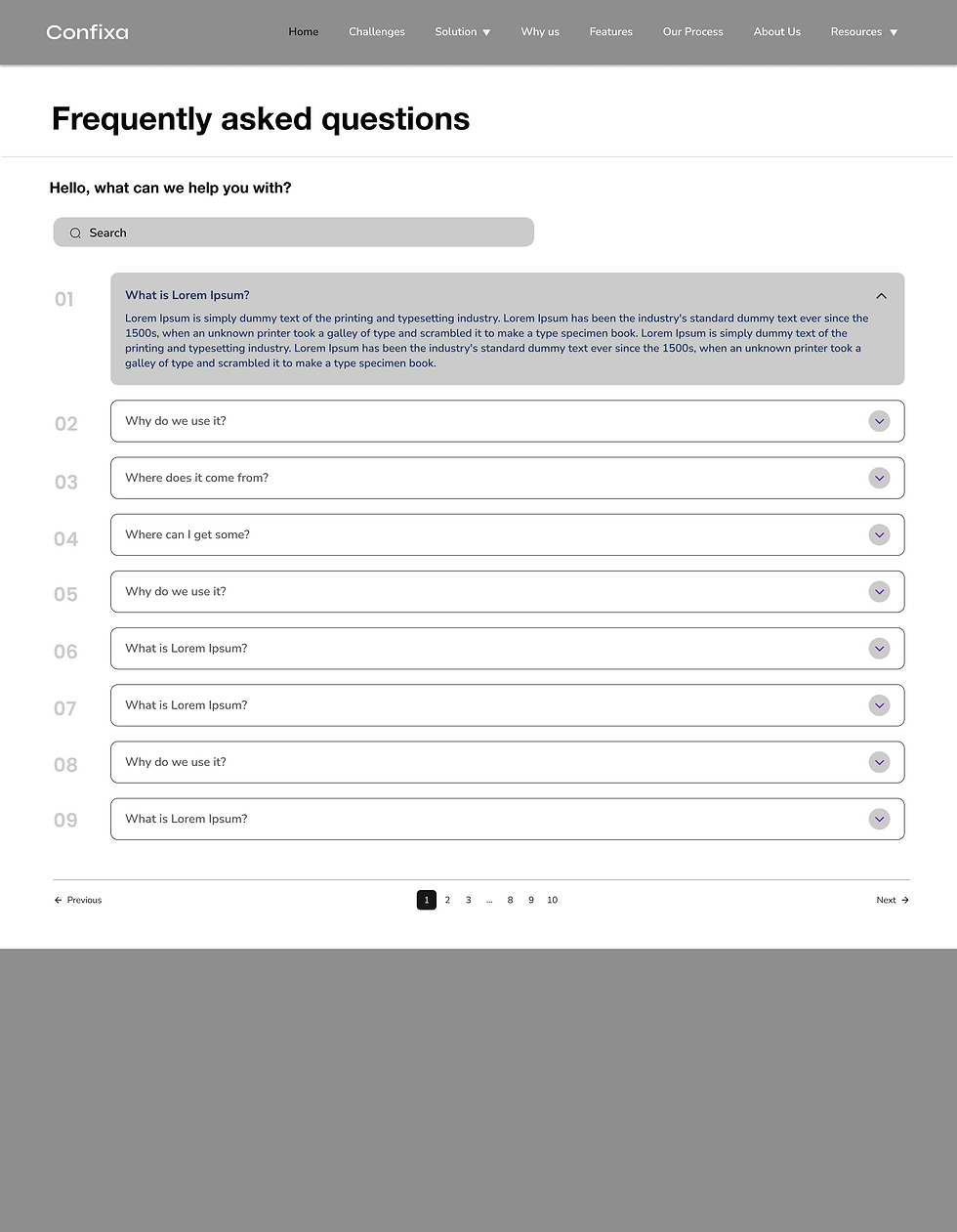
Role - UX Designer | Timeline - 4 weeks | Dasboard, Web Design
OvervieW
Seamless Collaboration for Smarter Deployments
CONFIXA is a user-friendly tool that helps businesses launch and manage their applications without needing to write code. It automates complex technical tasks, allowing companies to focus on their core activities. Confixa aims to make advanced technology accessible to everyone, regardless of their technical skills.
Following a Design Process ensured that the end result was user-centered, met project goals, and led to better collaboration and more efficient decision-making.
challenge
how did we solve it?
DASHBOARD
The dashboard is designed to provide developers with a clean, intuitive interface that allows them to easily manage and track app performance. It displays real-time data like cloud resource usage and performance metrics in a user-friendly layout. The design includes helpful suggestions for improving efficiency and quick problem-solving, making it easier for teams to stay organized and on top of tasks like deployment and monitoring.
WEBSITE
The website is crafted to clearly communicate what Confixa is and how it benefits businesses. The design focuses on simplicity and clarity, ensuring that users can quickly understand the platform’s features and value. It uses straightforward visuals and copy to explain how the dashboard helps developers streamline their processes, making the overall experience engaging and easy to navigate.
-
Developers often face challenges in managing the entire software development lifecycle efficiently, including collaboration, integration, testing, and deployment.
-
A common problem is the lack of streamlined communication and coordination among different teams, leading to delays and misalignments in the development process.
Design Process
Following a Design Process ensured that the end result was user-centered, met project goals, and led to better collaboration and more efficient decision-making.
Step 1 - Discovery Phase
Stakeholder Interview
I asked the stakeholders few questions to gain insights into the goals, expectations, and requirements.
Interview Questions

Insights
-
Simplicity and Real-Time Feedback
Stakeholders emphasized the importance of an intuitive, easy-to-use interface, particularly for non-technical users, and real-time updates on deployment progress and issues. A clear, visual representation of status and feedback is essential to keep users informed. -
Customizable Experience and Support
Users need both streamlined, automated workflows for non-technical users and advanced options for technical users. Additionally, easy access to support, tutorials, and onboarding resources is crucial to ensure confidence and minimize the learning curve.
Secondary Research

Key Industry trends :
-
Automation is Making Work Easier – More businesses are using tools that handle repetitive tasks, like launching and managing apps, which saves time and reduces errors.
-
No-Code & Low-Code Tools Are Growing – Even people without technical knowledge can now build and manage apps, thanks to easy-to-use platforms.
-
Cloud Technology is Powering Faster Software Development – Companies are using cloud-based systems to make software updates and new features available quickly and efficiently.
Source - Cyberpanel
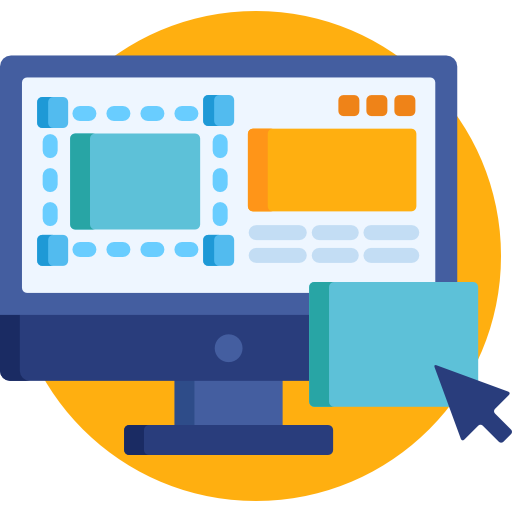
User Experience Trends :
-
Simple & Clean Design – Platforms are moving towards easy-to-use layouts with clear menus so that anyone can navigate without confusion.
-
Live Updates Keep Users Informed – Instant notifications show progress, errors, and status updates in real time, helping users stay on top of tasks.
-
Customizable Options for Different Users – Some people want a simple view, while others prefer advanced settings. Platforms now offer flexible designs that adapt to different needs.
Source - MuseMind
Insights
-
Automation is Becoming a Must-Have – Companies prefer tools that reduce manual work, making software development faster and more efficient.
-
No-Code Tools Empower Everyone – Since not everyone is a developer, user-friendly platforms let non-tech users build, test, and launch applications with ease.
-
Cloud-Based Solutions Are the Future – More businesses are moving to the cloud for better performance, flexibility, and cost savings.
-
Good UX Design is Essential – Modern DevOps tools focus on simple interfaces, real-time updates, and customizable features to make them easy to use for both technical and non-technical people.
Design Process
Step 2 - Ideation
Sketches & Low-Fidelity Wireframes




Website Sitemap
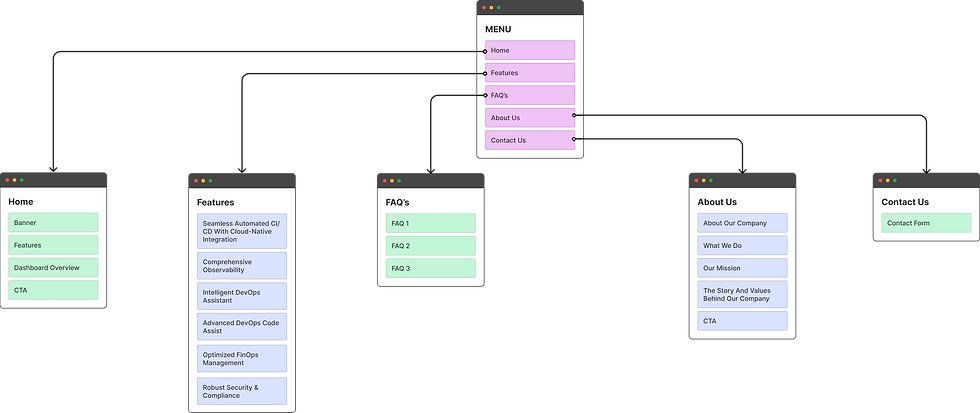
Dashboard Userflow



Style Guide




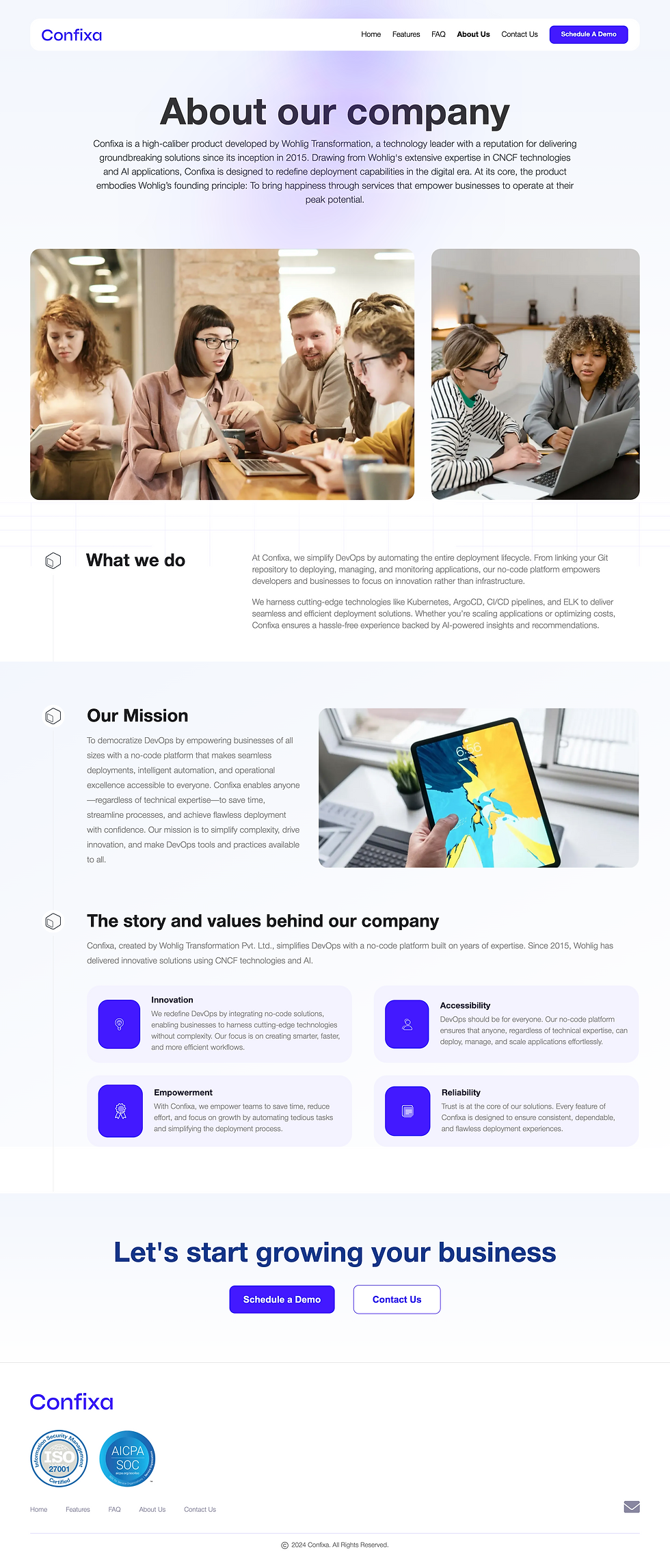
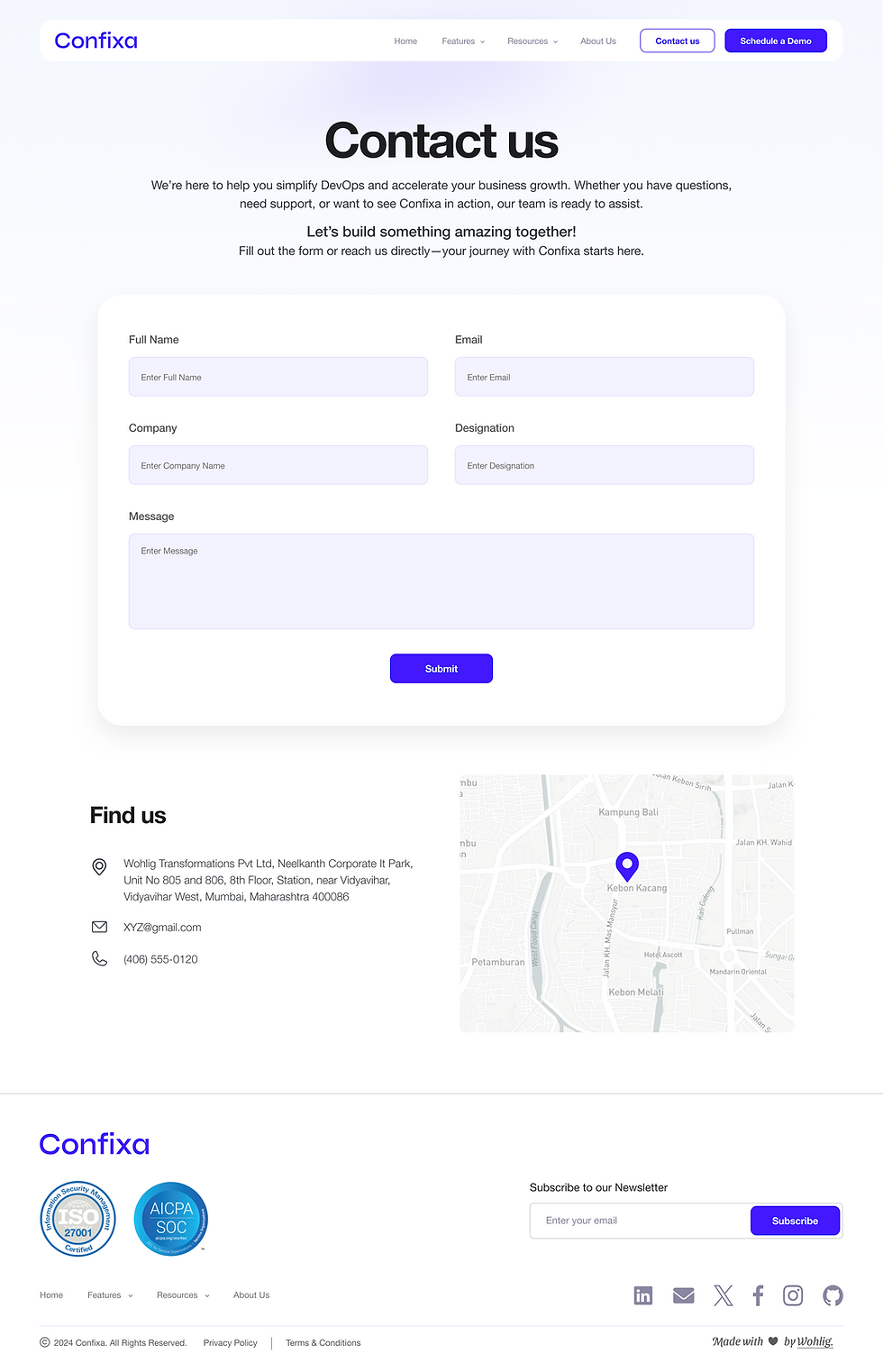


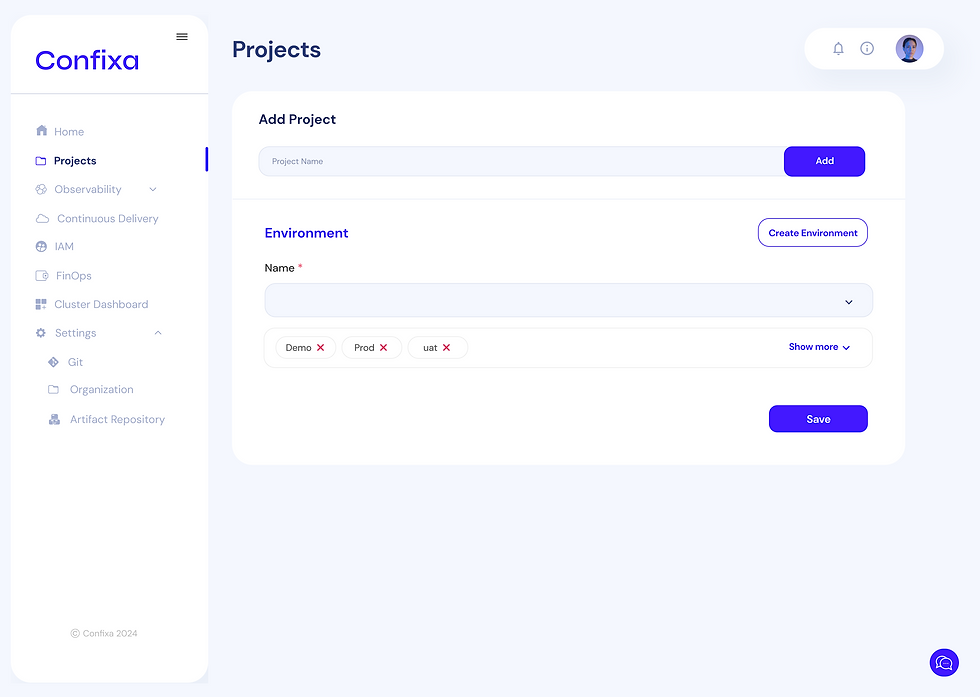


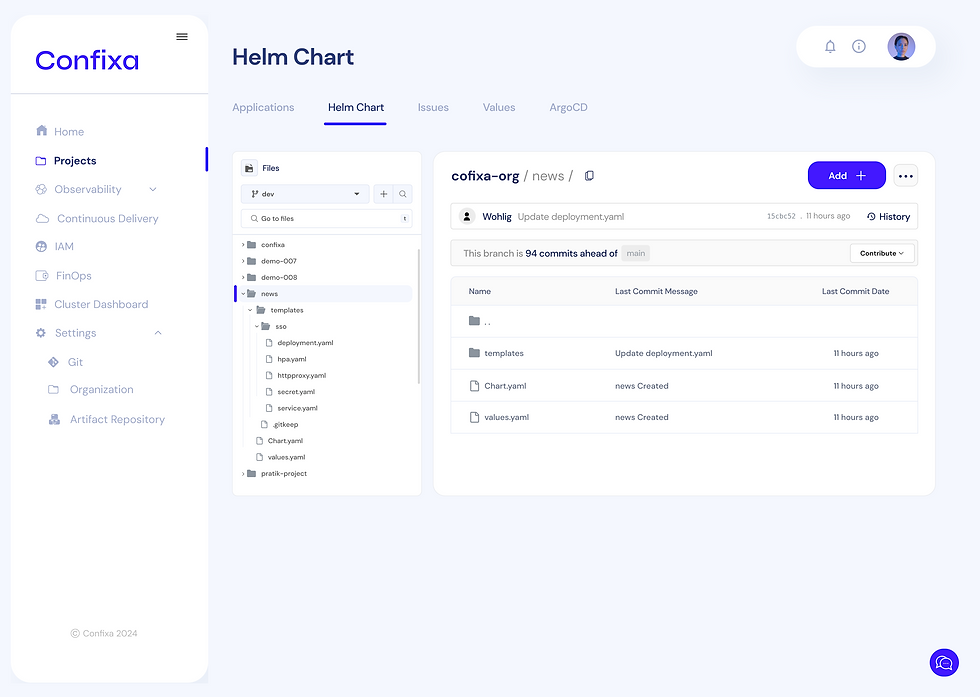

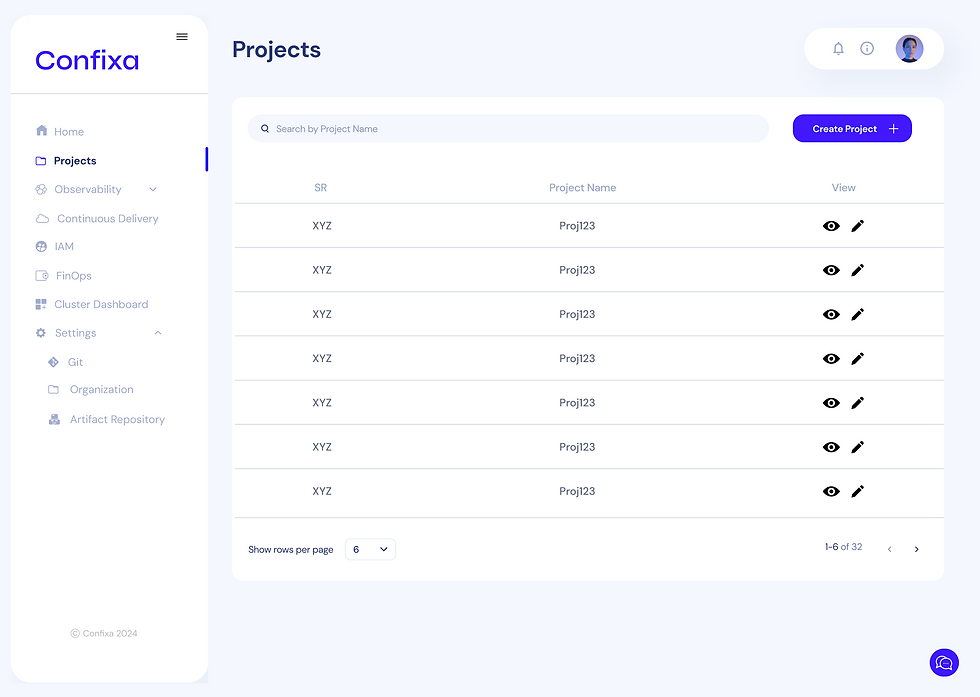

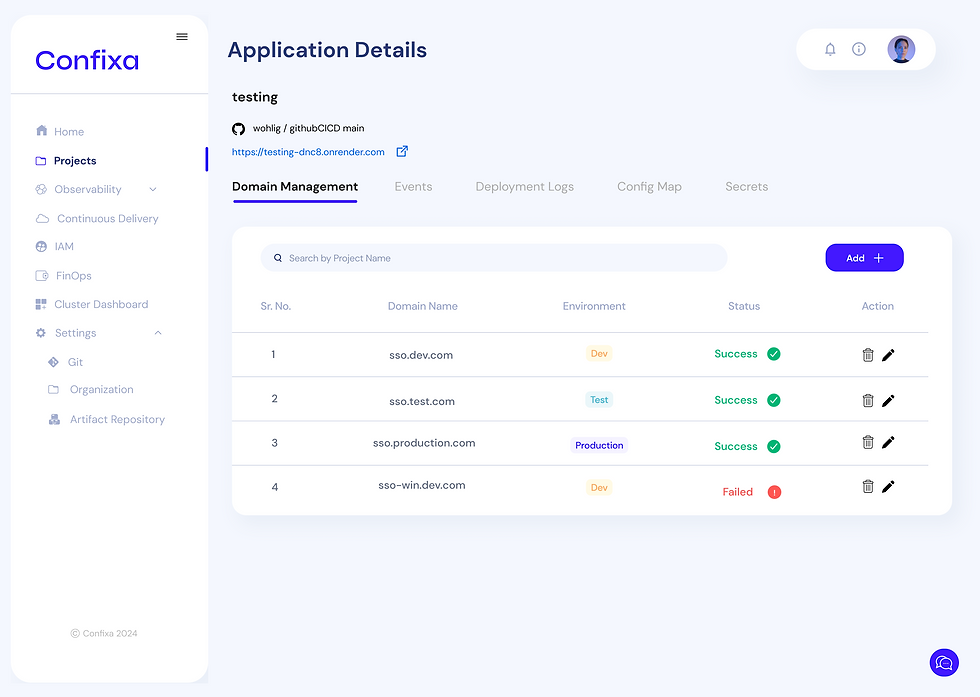
Dashboard Design
As designers, it's easy to be drawn toward trendy, unconventional designs. However, we must always remember the purpose: understanding the user, identifying their challenges, and creating solutions that truly address their needs. Simple, effective designs that prioritize functionality often have the greatest impact.
Simplicity is Strength
Step 4 - Testing & Iteration
Reflection
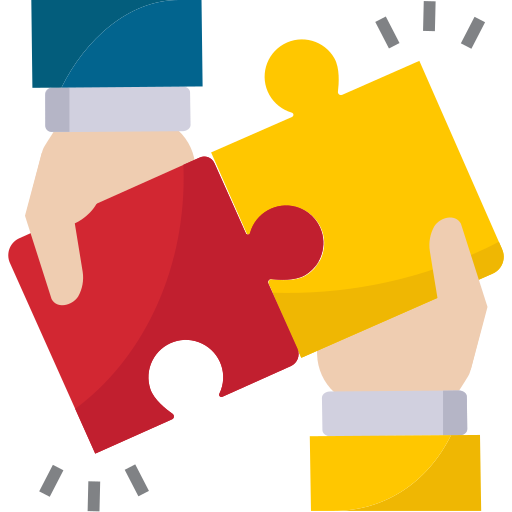
Collaboration with cross-functional teams was crucial in transforming design ideas into practical solutions. Open communication and alignment among design, development, and product teams ensured that the final output not only met business goals but also provided a seamless and user-friendly experience.
Collaborative Approach

Designing with the user at the center is challenging yet essential. Putting aside personal biases, we focused on user needs, feedback, and behavior. This approach ensured that every decision was user-driven, resulting in a platform that genuinely resonated with and served its audience.

The User
.png)


.png)